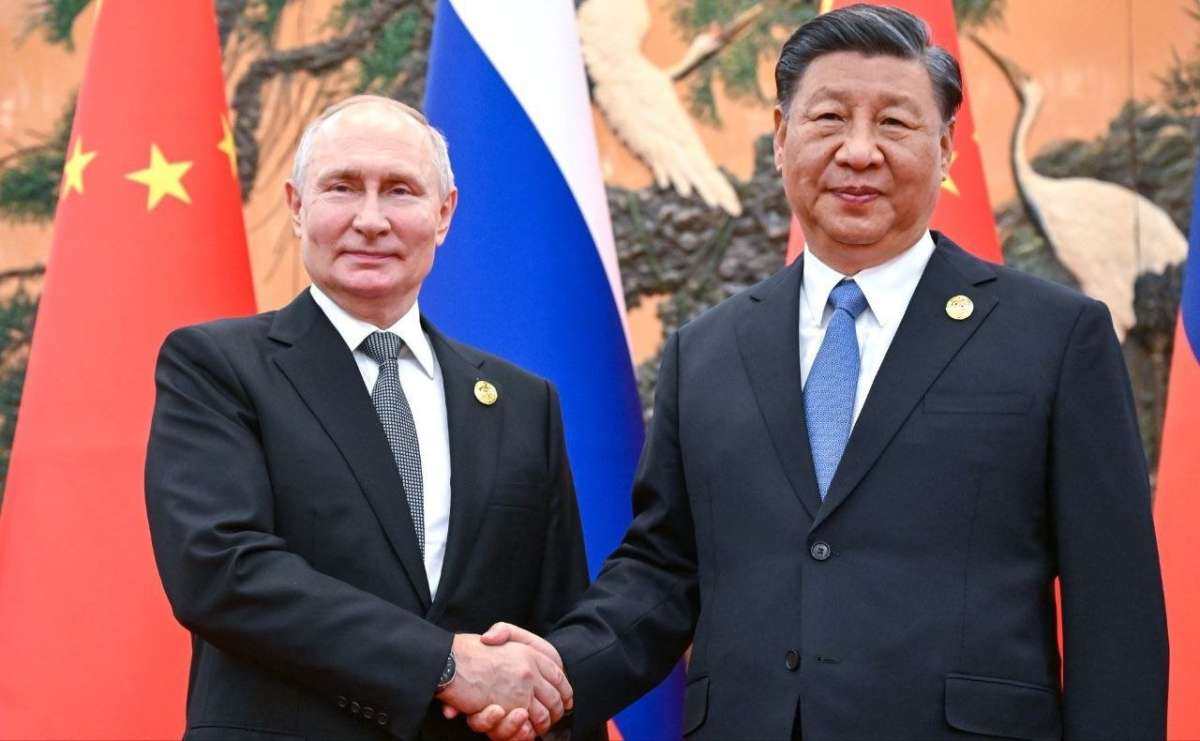Chinese and Russian naval forces carried out on-map military simulation and tactical coordination exercises after the opening ceremony in the city of Zhanjiang. The joint drills came on the heels of China’s latest tensions with NATO allies last week…reports Asian Lite News
China and Russia’s naval forces on Sunday kicked off a joint exercise at a military port in southern China on Sunday, days after NATO allies called Beijing a “decisive enabler” of the war in Ukraine.
The Chinese defense ministry said in a brief statement forces from both sides recently patrolled the western and northern Pacific Ocean and that the operation had nothing to do with international and regional situations and didn’t target any third party.
The exercise, which began in Guangdong province on Sunday and is expected to last until mid-July, aimed to demonstrate the capabilities of the navies in addressing security threats and preserving peace and stability globally and regionally, state broadcaster CCTV reported Saturday, adding it would include anti-missile exercises, sea strikes and air defense.
Chinese and Russian naval forces carried out on-map military simulation and tactical coordination exercises after the opening ceremony in the city of Zhanjiang. The joint drills came on the heels of China’s latest tensions with NATO allies last week.
The sternly worded final communiqué, approved by the 32 NATO members at their summit in Washington, made clear that China is becoming a focus of the military alliance, calling Beijing a “decisive enabler” of Russia’s war against Ukraine. The European and North American members and their partners in the Indo-Pacific increasingly see shared security concerns coming from Russia and its Asian supporters, especially China.
In response, China accused NATO of seeking security at the expense of others and told the alliance not to bring the same “chaos” to Asia. Its foreign ministry maintained that China has a fair and objective stance on the war in Ukraine.
Last week, a US Coast Guard cutter on routine patrol in the Bering Sea also came across several Chinese military ships in international waters but within the U.S. exclusive economic zone, American officials said. Its crew detected three vessels approximately 124 miles (200 kilometers) north of the Amchitka Pass in the Aleutian Islands, which mark a separation and linkage between the North Pacific and the Bering Sea.
Later, a fourth ship was spotted approximately 84 miles (135 kilometers) north of the Amukta Pass. The US side said the Chinese naval vessels operated within international rules and norms.
ALSO READ-UK govt to unveil more than 35 bills














